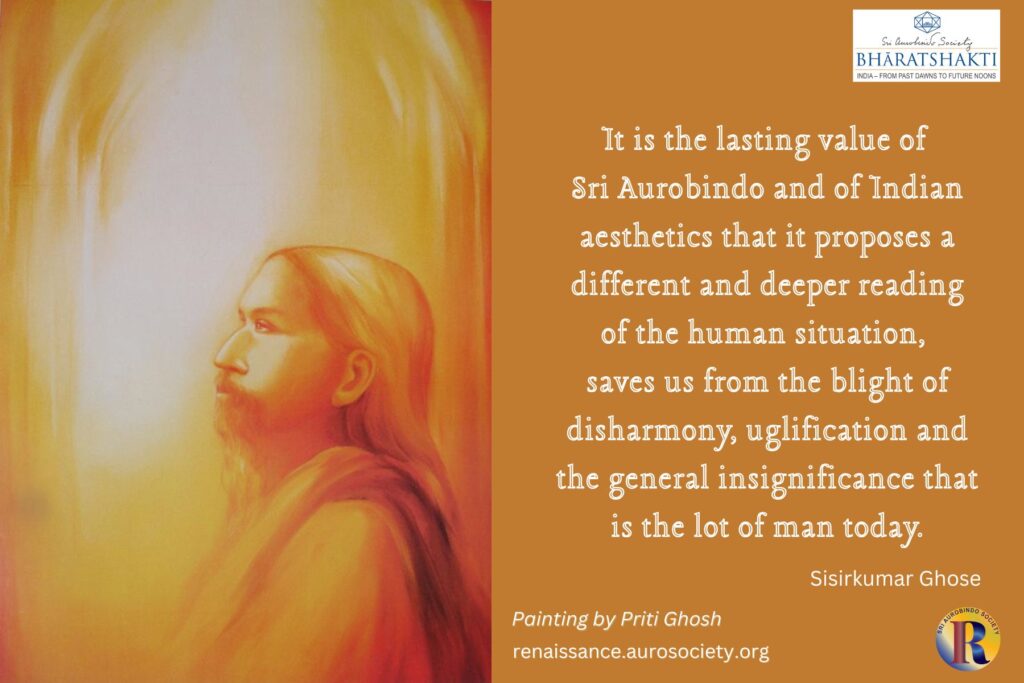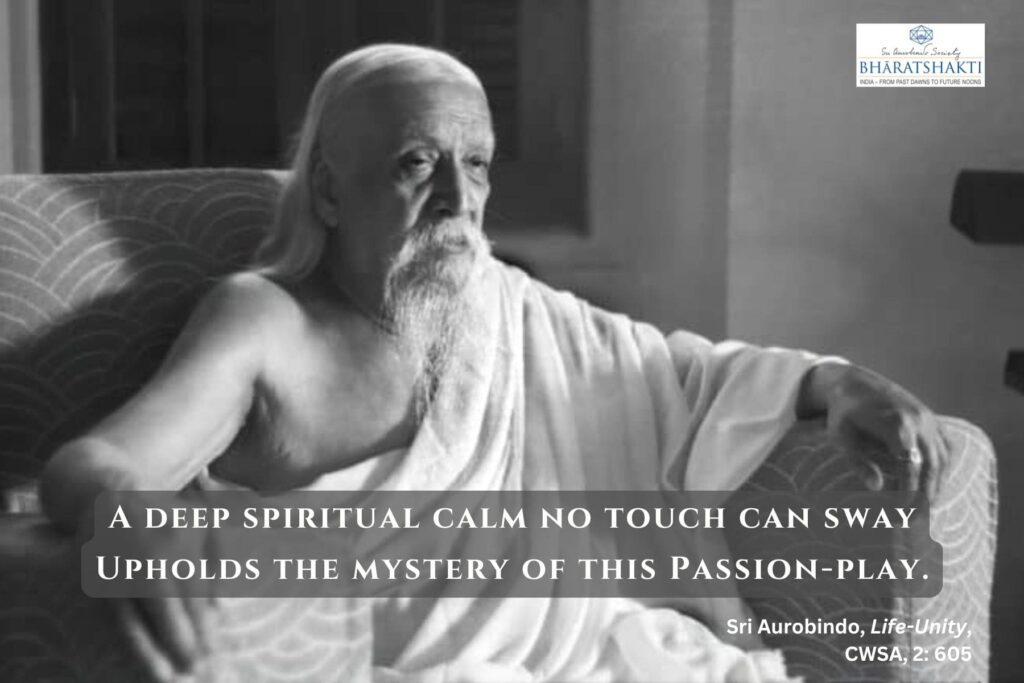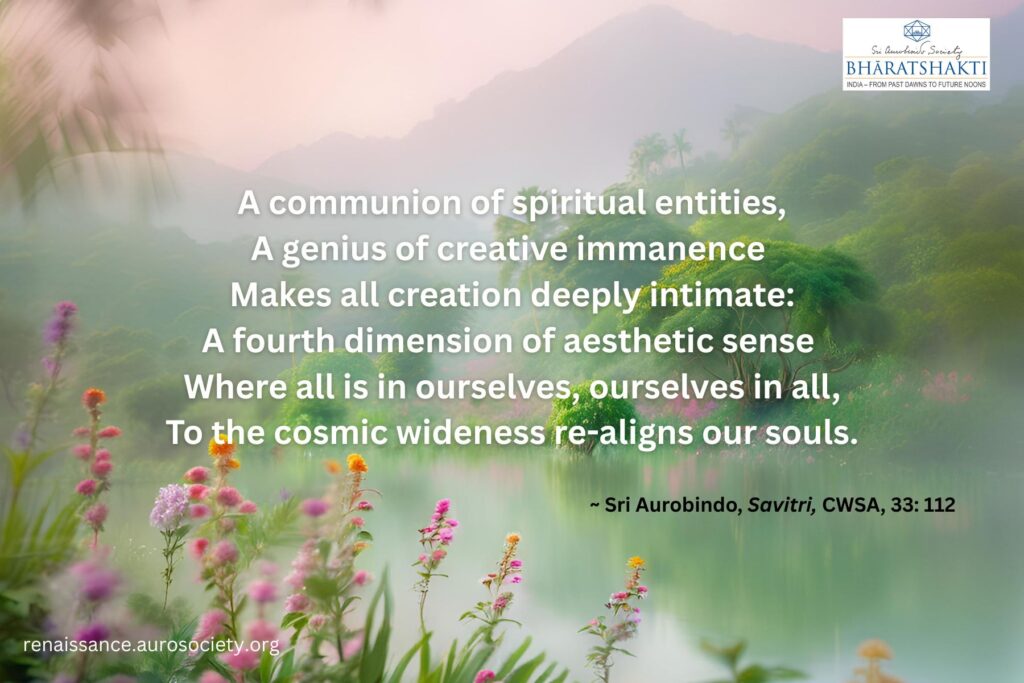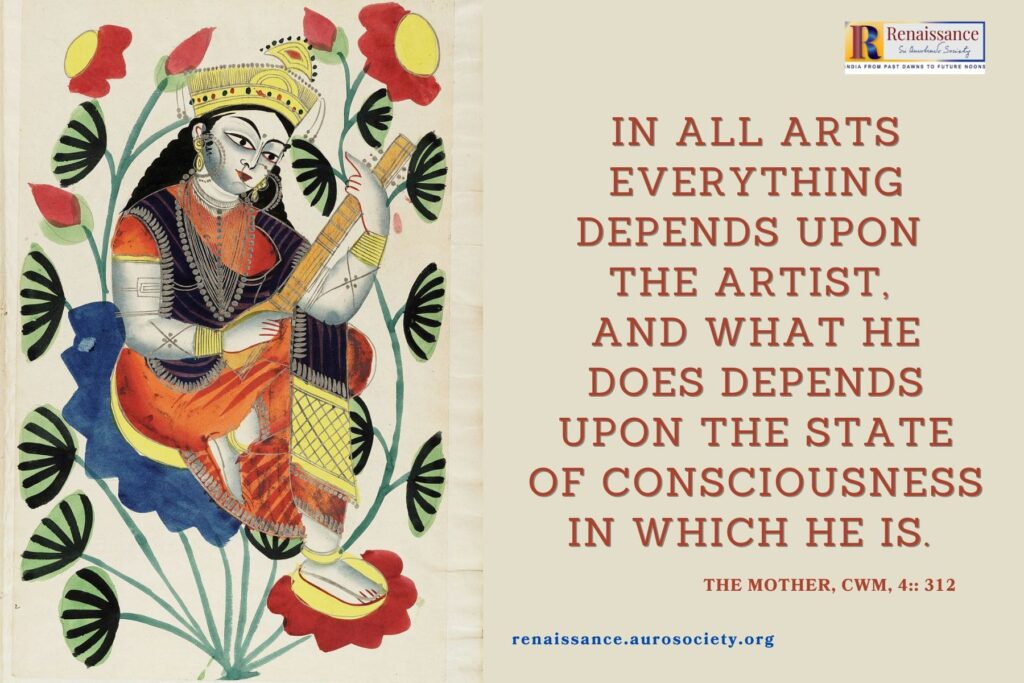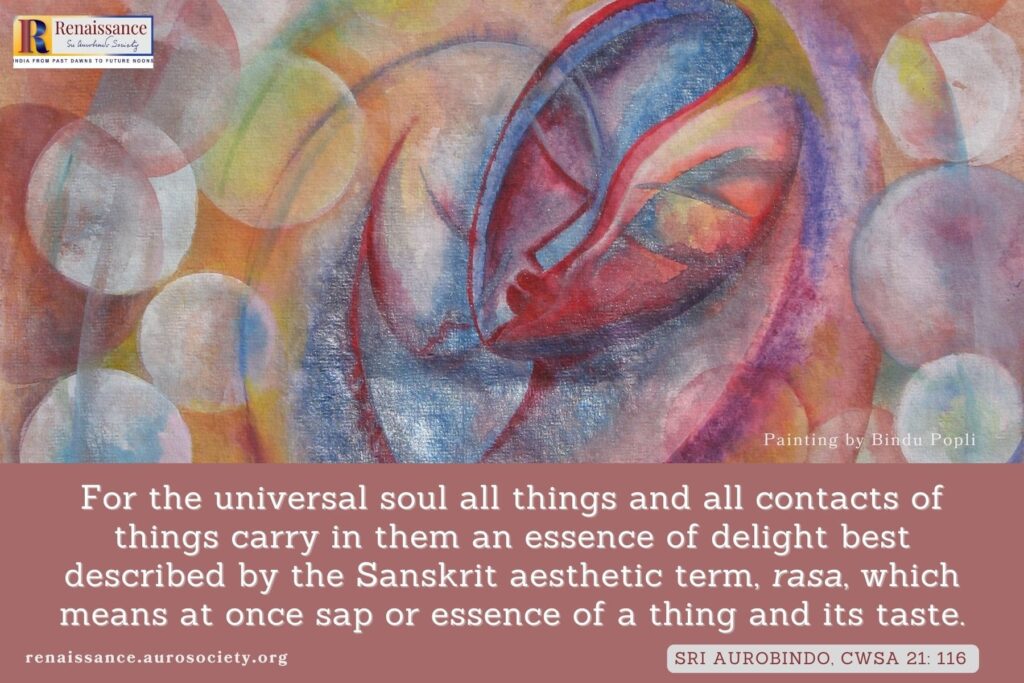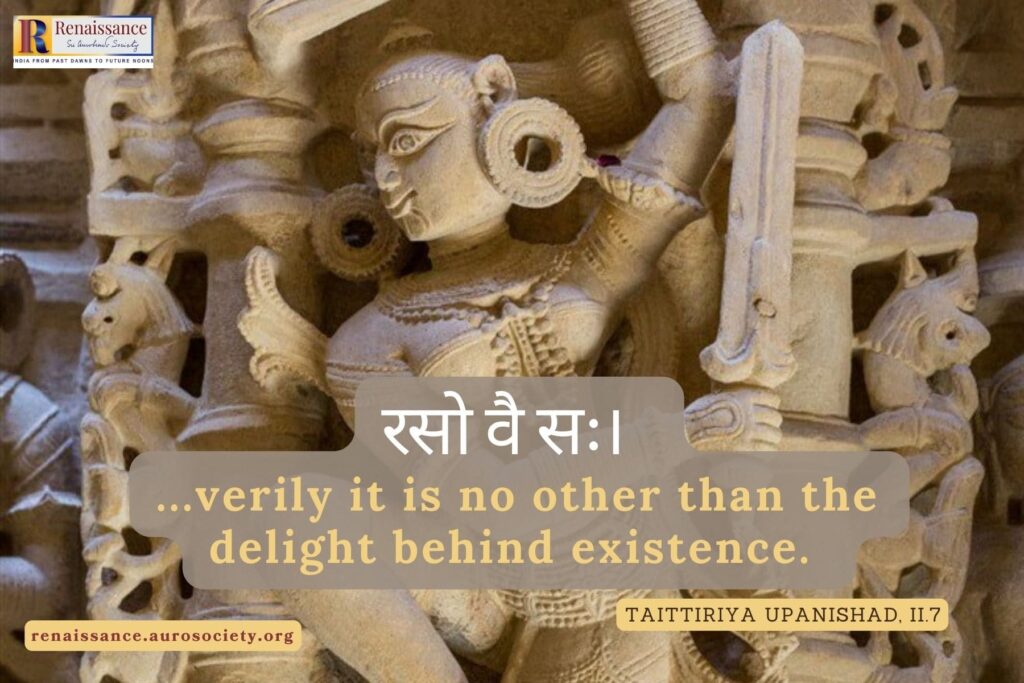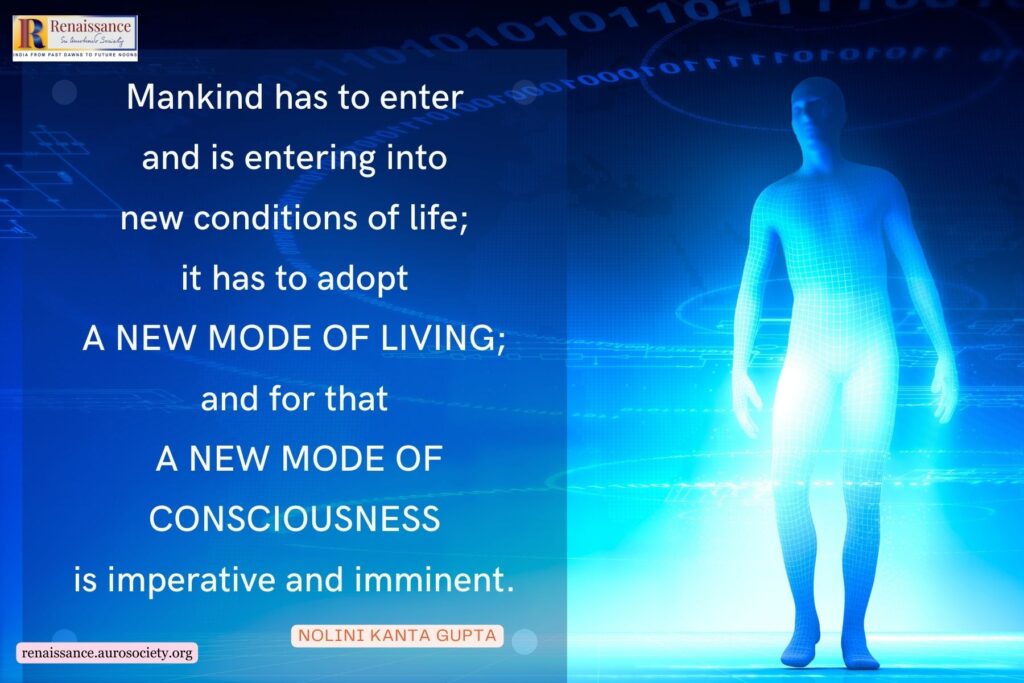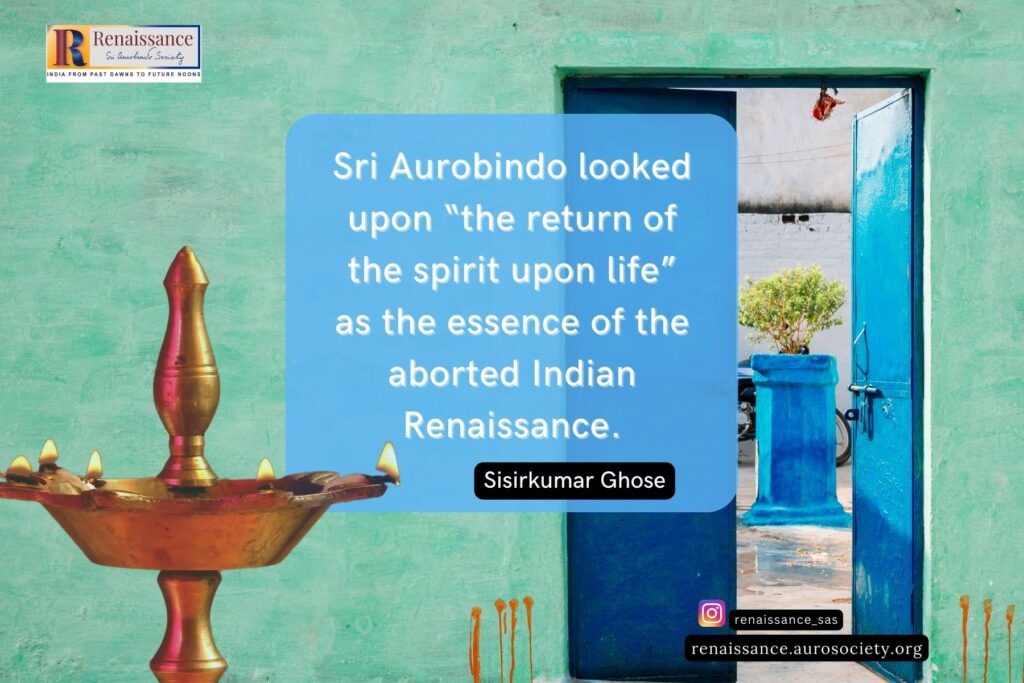Sri Aurobindo and Indian Aesthetics – Part 3 (with 3 videos)
With selected poems as examples, the author describes Sri Aurobindo’s aesthetics, its principle, process, purpose, and philosophy.
Sri Aurobindo and Indian Aesthetics – Part 3 (with 3 videos) Read More »

